Get exclusive updates about the gallery, latest art exhibitions, events and featured artists. Sign up to our newsletter!
Orange Project Building, Art District, Lopue’s Annex Building, Mandalagan Bacolod City, Philippines 6100
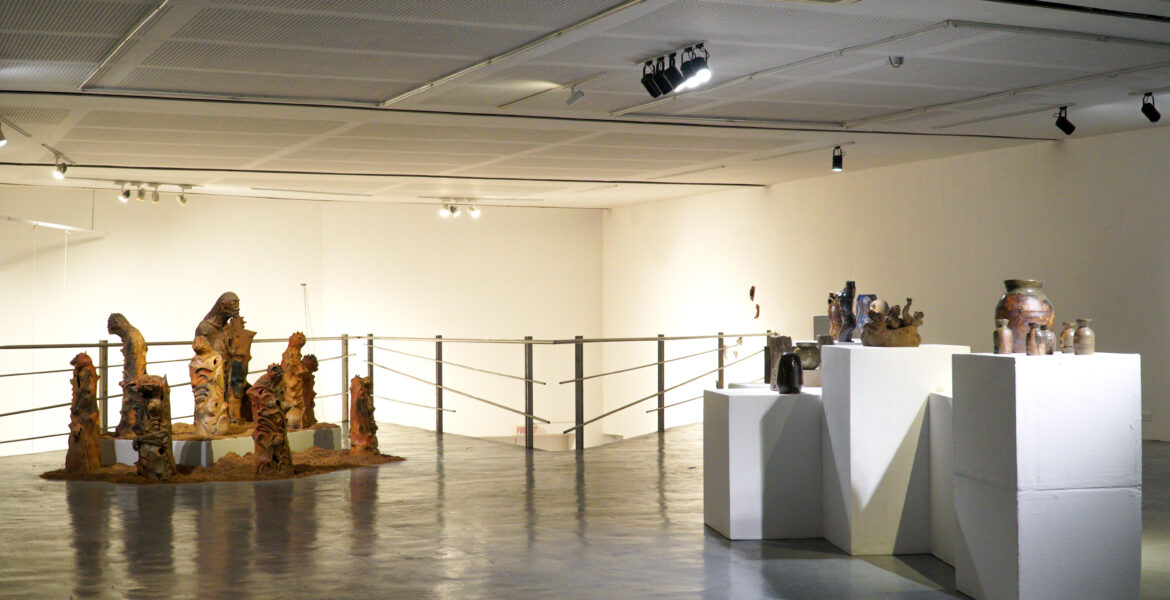
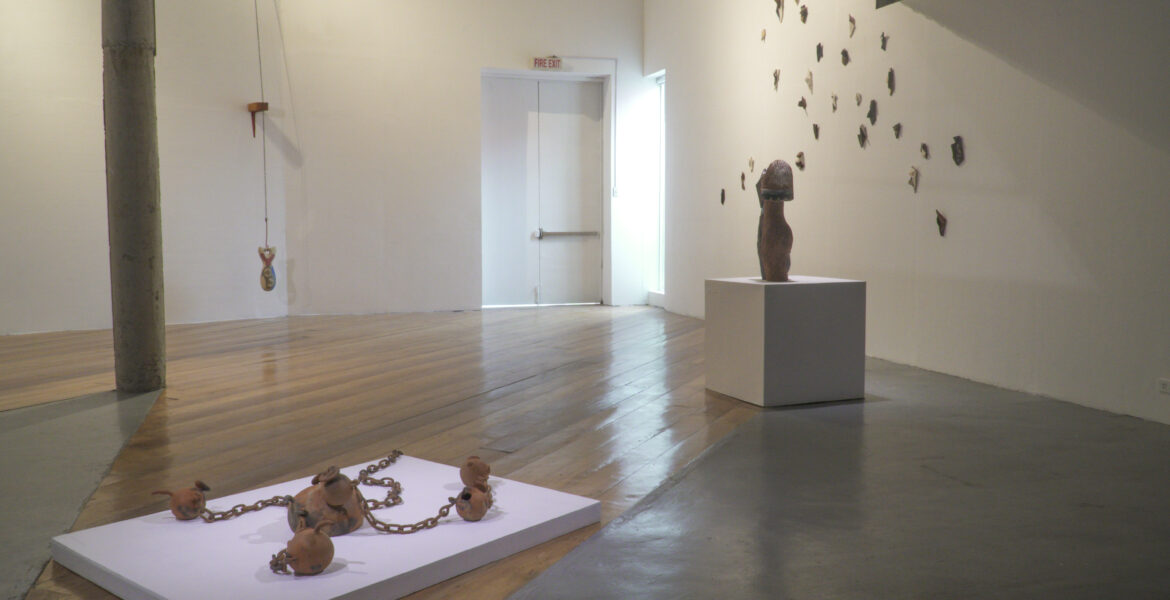
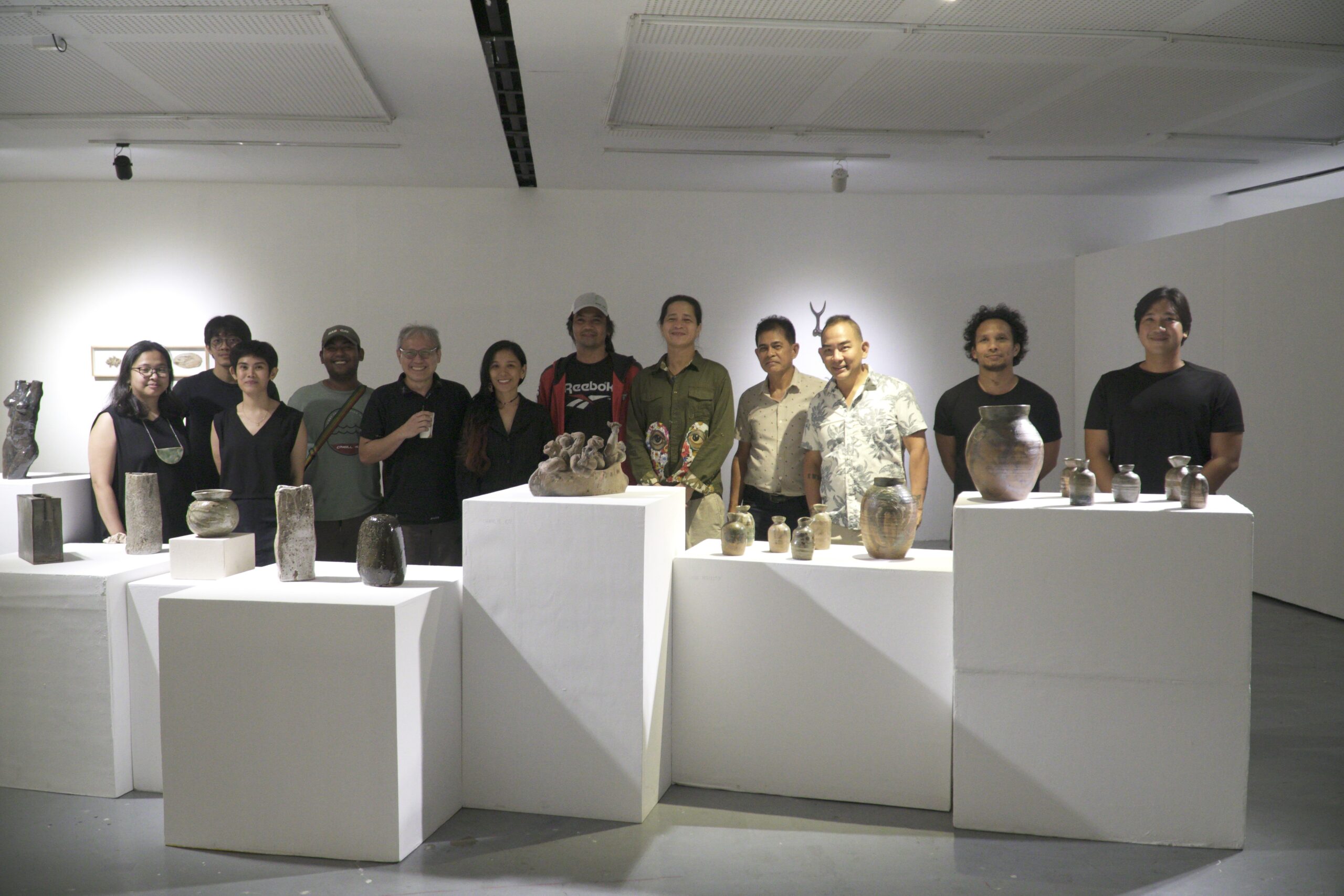
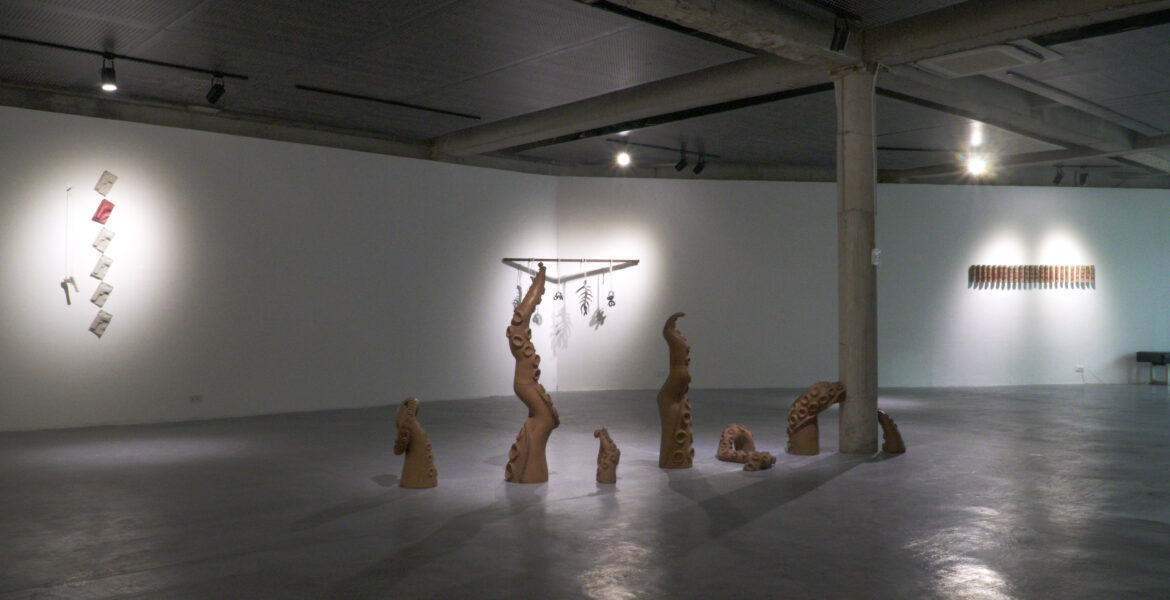
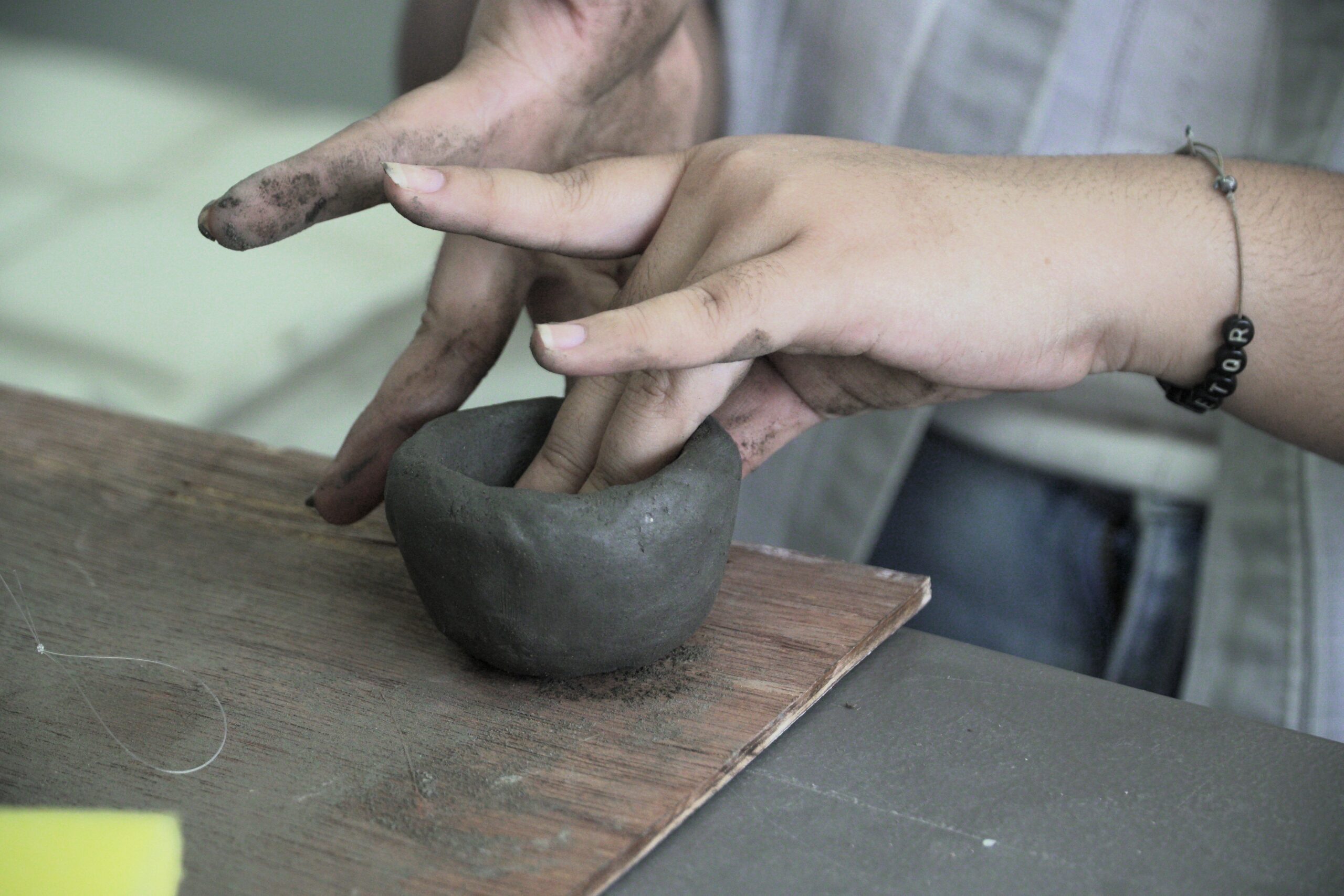
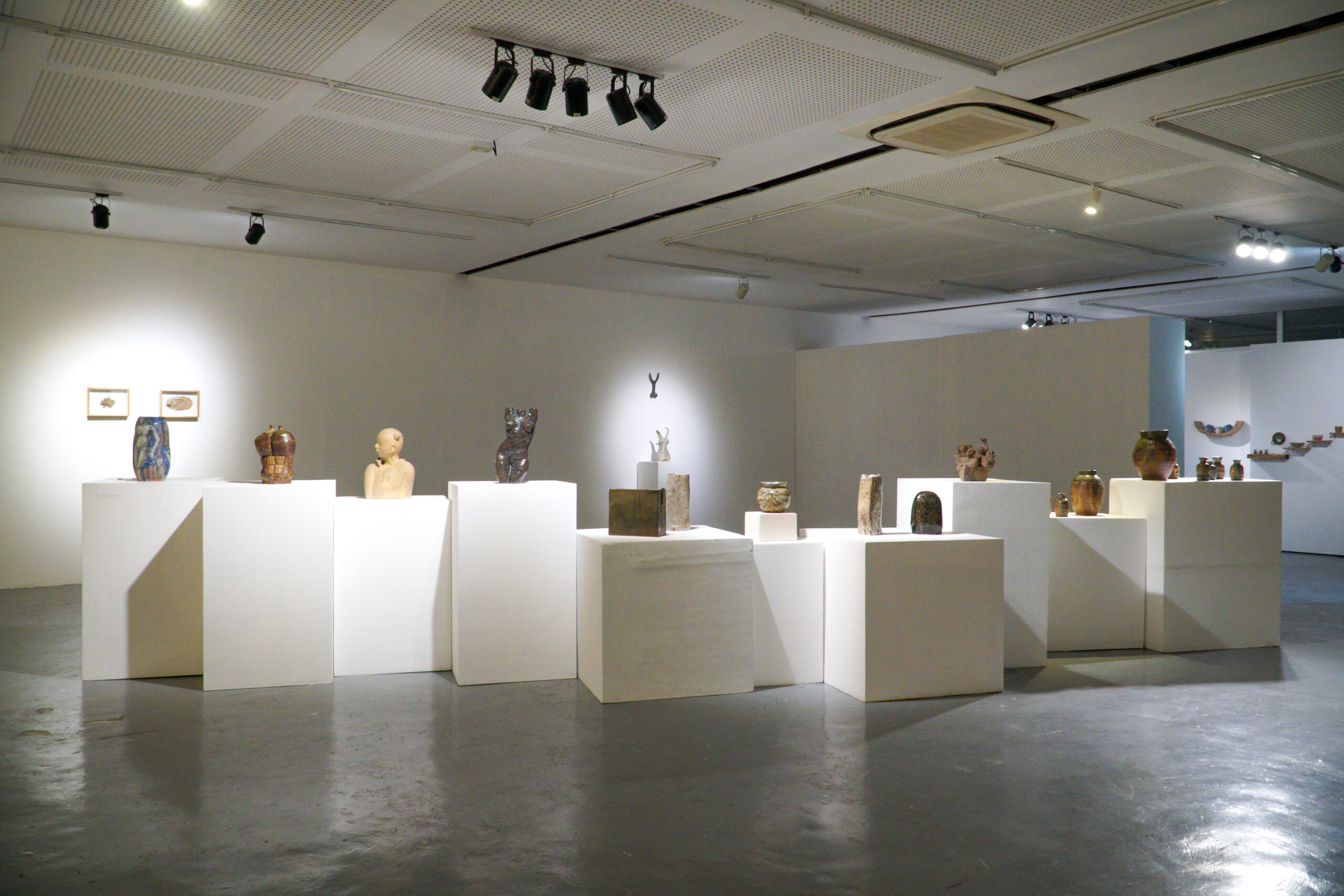
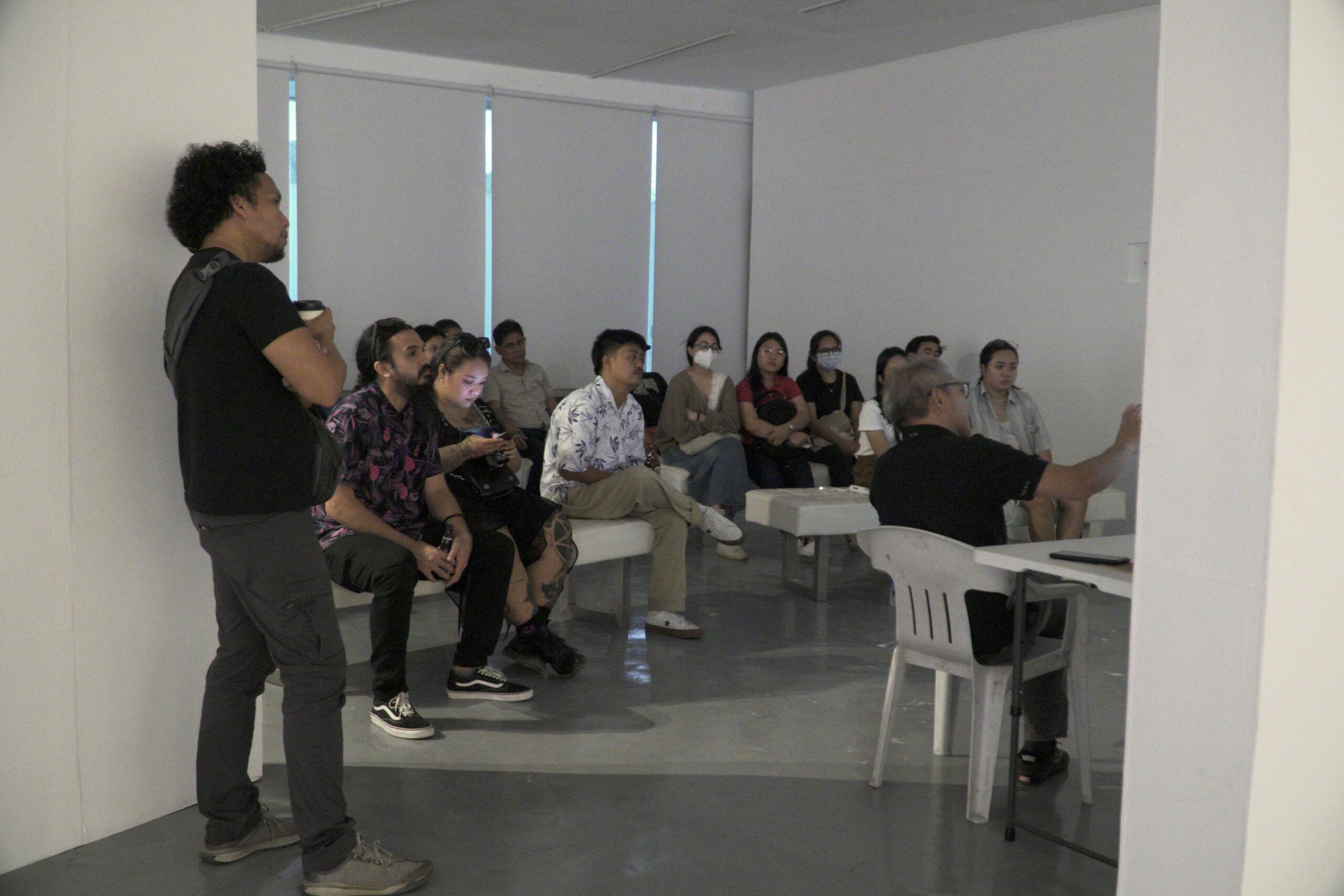
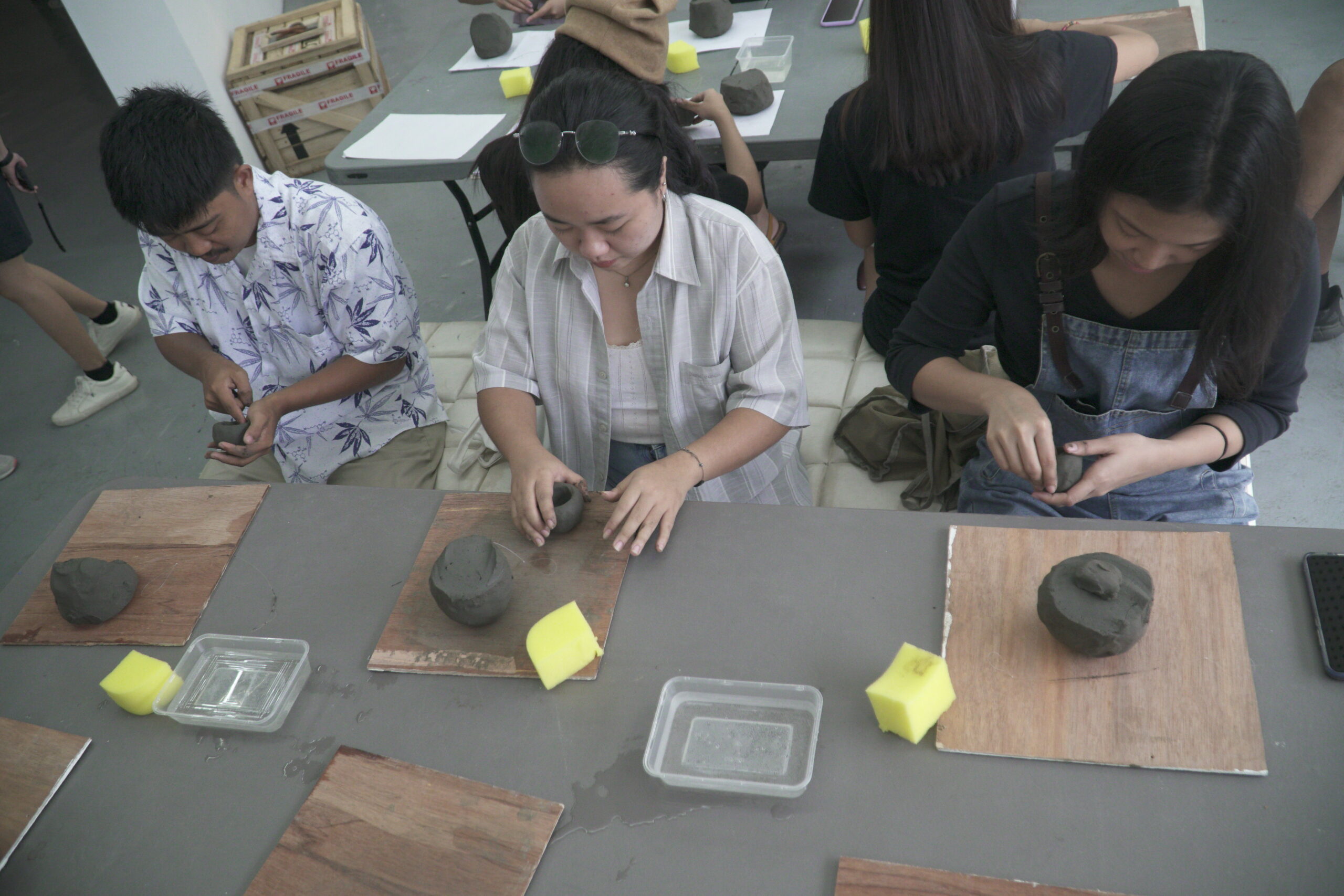
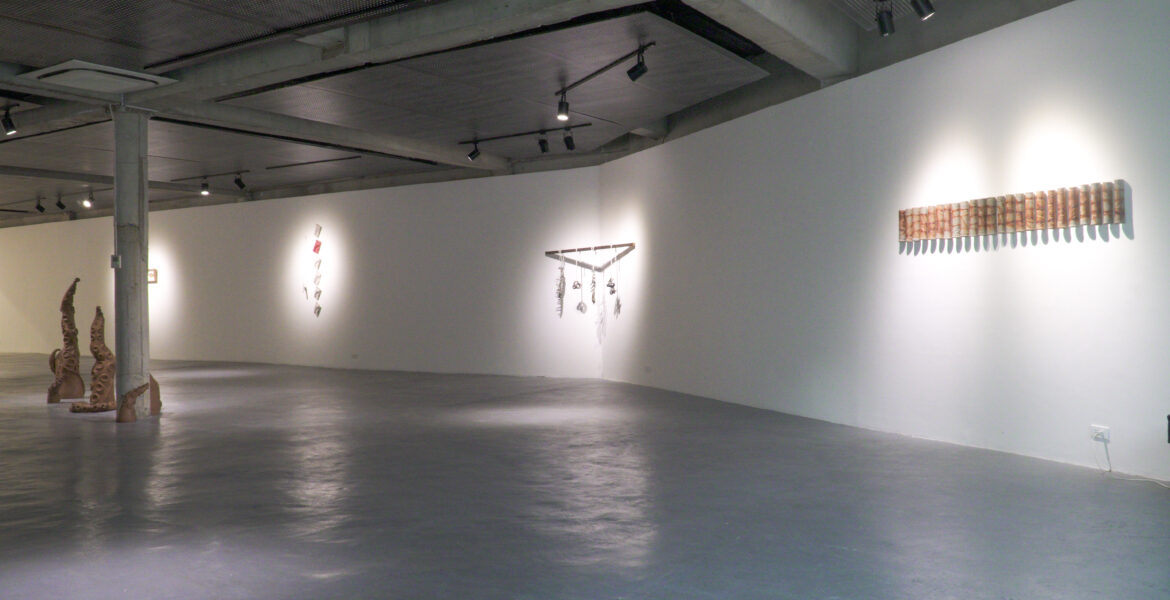
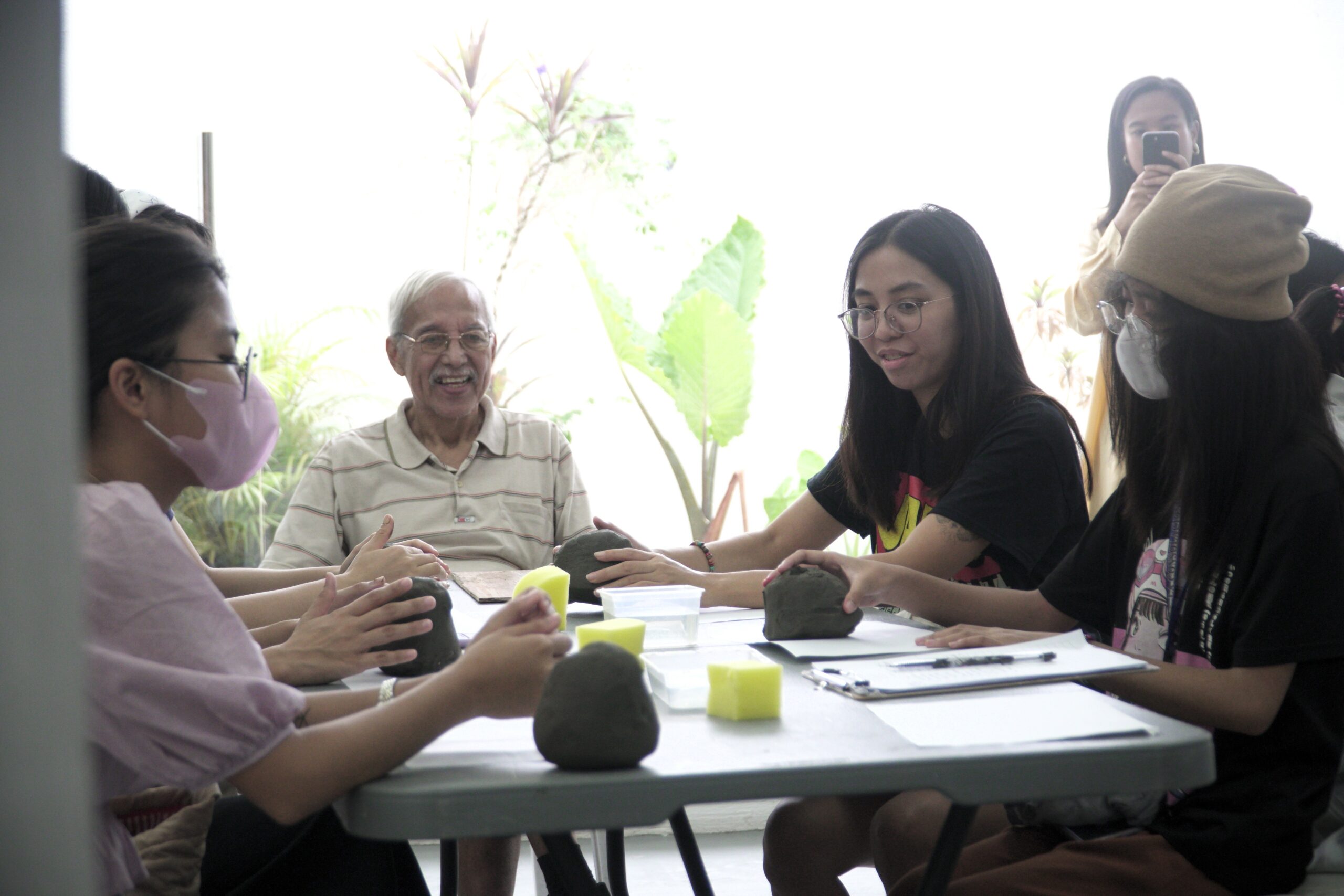
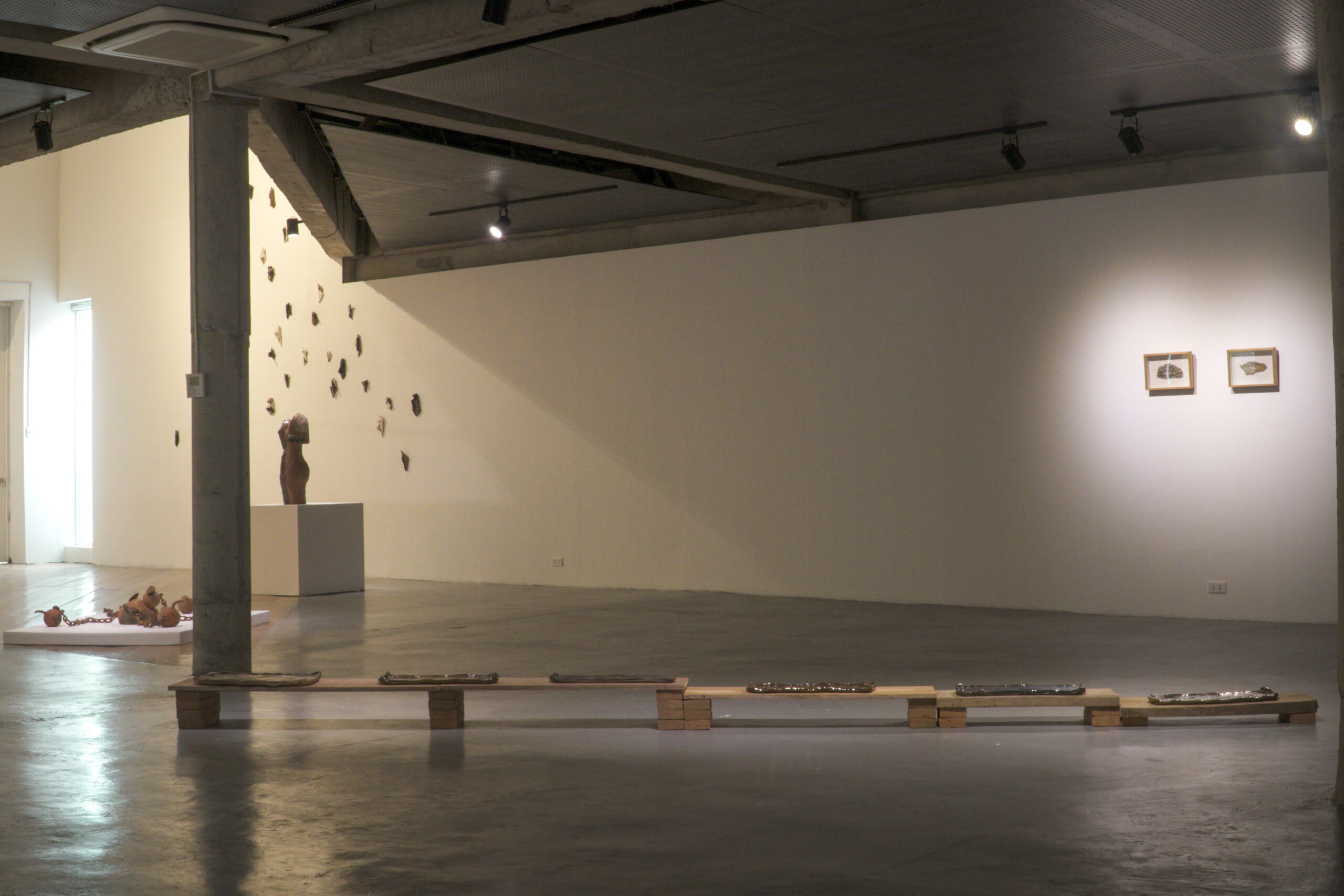
On Grounds and Landscapes
The Ground
In the visual arts, the term “ground” is usually associated with painting. In order to produce a good painting, the canvas needs to have the proper ground – the foundation that sets the tone and establishes visual nuances that are almost invisible to the naked eye. A canvas is the substrate that holds the paint, and it needs ground to become a painting. While improper or even the lack of ground cannot stop one from painting, it leaves the work open to suffering maladies in the long run.
The ground is where clay is found. It is hunted and harvested, then goes through countless processes before it becomes suitable for regular use. Although it can be found scattered throughout soil, finding a rich vein of clay is part of the process – whether accidental or by repeated sojourns into known deposits. In many ways, clay preparation is akin to applying ground to the canvas, as setting the stage for art production is largely influential in the outcome. Poorly prepared clay may result in cracks, brittleness, and other possible negative outcomes that may not manifest until the final firing, where there is nothing more that can be done. Such is the same with painting. When the canvas that holds the image disintegrates, it may not be possible to save it.
Ceramics is at a crux between these, as it is the subject, the ground, and the image, all at the same time. While painters have constantly challenged the notions of painting since it was declared dead in 1840, the earliest verified ceramic artefact dates back to around 28,000 BCE.
The Landscape
Ceramics is a field in the arts that makes literal use of the four elements: earth and water are mixed in the clay, while wind and fire interact in the drying and firing of works. With one piece in hand, the land, seas, and skies combine to make an object that can stand the test of time, but at the same time encompass the fragility of human nature.
Reaching down from the skies, Jezzel Wee’s chimes resonate back to the heavens with our deepest wishes. Hemrod Duran reaches from the depths of the oceans, and his monumental work of octopus tentacles reminds us of how miniscule we are in the eyes of the universe.
Form is one of the foremost interfaces that we receive from ceramic work. Ness Sheen questions what we see versus what things are, while Joey de Castro’s slab plates appear as a river through the ebb and flow of life. Having studied under the tutelage of Nelfa Querubin – one of the relevant forebears of the ceramic practice in the Philippines – Alan Cabalfin bridges generations with form, function and expression.
Jana Jumalon evokes the duality of womanhood: half a Filipiniana dress, and the other, a future-forward gaze into unexplored possibilities that extend outside the body. Humanity is also explored in Mikoo Cataylo’s depiction of chains not as shackles, but connections among people that allow the transfer of information. Vignettes of human behaviour can be seen in the standalone and wallbound works by Charlie Co, as Ella Mendoza subsumes the notions of simulacra to illustrate a socially relevant conundrum: the commodification of desensitization.
The connection between the environment and society, rebirth and decay are vividly threshed out by Krista Nogueras, as Marco Rosario depicts a landscape of survival and resurgence. Meanwhile, Mark Valenzuela drops and stretches the ceramic capacity as object and messenger. Of note are the brilliantly grotesque figures by Joe Geraldo – mirrors of internal struggle and reality; the interaction of humans and of nature. Pablo Capati III ties the space together through an ode to the sacred and profane, as one is led from the entrance throughout the space to the second floor, finding home at a shrine to a lost god.
Like the mountain ranges of Negros Island, jagged peaks and plunging valleys serve as pedestals for the works of seasoned potters Capati, De Castro, Cabalfin, as well as Jose Perfecto with his explorations on migration and sense of place.
Archaeological investigations point to the probability that the first ceramic bowls were not made to hold food, but as a vessel to mix and hold pigments that were used to embellish the body and depict daily life on cave walls. These findings slightly nudge at the role of ceramics since the dawn of human civilization.
Continuously evolving, and yet rich in tradition, Philippine ceramics is a journey, a destination, and a purpose. All kneaded, coiled, handbuilt, and wheel thrown, it is a singular human experience that – from the dawn of civilization and until an infinitely profound future – is traversing ground.
Lxx, 2023
Manila/Negros Island
Get exclusive updates about the gallery, latest art exhibitions, events and featured artists. Sign up to our newsletter!
Orange Project Building, Art District, Lopue’s Annex Building, Mandalagan Bacolod City, Philippines 6100